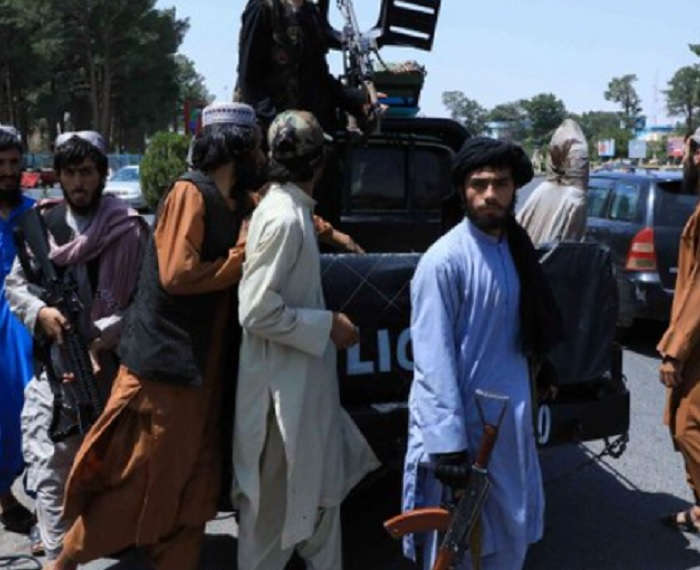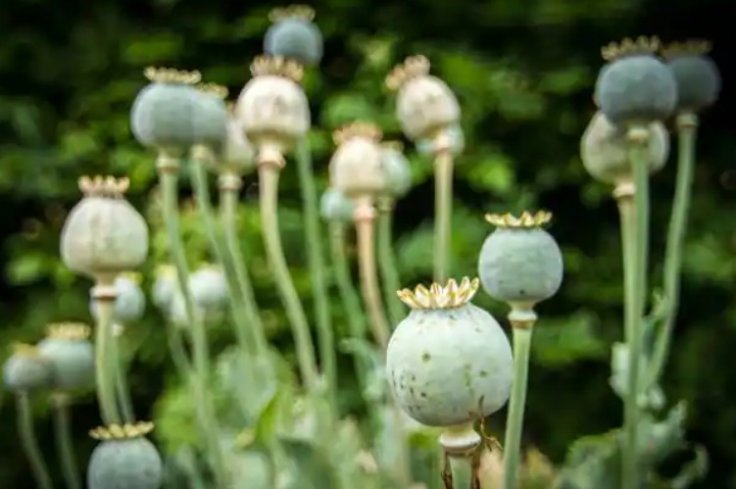The Taliban have taken over Afghanistan after almost 20 years. Who is actually funding the Taliban, which has grown richer and more powerful in the last two decades? How did they manage to surge back to prominence?
After their fundamentalist Islamic regime was toppled by the forces of the United States in 2001, the Taliban insurgents have been actively planning to reclaim their lost territory. According to reports, over $88 billion has already been spent by the US to help rebuild the country hoping that they would withdraw before a government starts functioning.
However, the Taliban managed to win their 20 year-long battle to reclaim Afghanistan even before the US could withdraw their forces. As many as 80,000 Taliban fighters overpowered a roughly 300,000 strong Afghan army to take control of Kabul.

Taliban's Money Sources
The Taliban managed to maintain itself through various illegal activities, mainly the production and distribution of opium. The Islamist militia controls much of the Afghanistan's territory used in the production of drugs.

Drugs/Opium: $400 Million Market
Afghanistan is touted to be the world's largest producer of opium. The produce is worth an estimated $1.5 to $3 billion annually. "The Taliban have counted on the Afghan opium trade as one of their main sources of income," the head of the Kabul office of the UN Office of Drugs and Crime (UNODC) Cesar Gudes told Reuters. And with Taliban insurgents entering Kabul, these are the best moments in which these illicit groups tend to position themselves to expand their business, according to Gudes.
Mining: A $464 Market
Reportedly, the mining industry in Afghanistan is estimated to be nearly US$1 trillion in untapped mineral deposits. The country is rich in minerals and precious stones and around 75% of the total mining sites are under Taliban's control, much of it under-exploited as a result of the years of conflict.
Mining sites in Badakhshan, Helmand, Nuristan, Kunduz, Uruzgan and 21 other provinces are under the control of the Taliban, according to reports.
Taxation Benefit
The Taliban insurgents benefit by imposing a tax on everyone from poppy farmers to traders in the region and also from other illegal mining activities. Government officials revealed that the Taliban had been collecting taxes from trucks and containers entering Afghanistan or going to Pakistan.
According to reports, the Taliban had issued a 20-page tax document mentioning tariffs of different import and export items in Afghanistan. The organization also collects a 10% cultivation tax from opium farmers adding to their funds.
Foreign Donations
Taliban receive a huge amount in donations every year. Several regional governments of Afghanistan including Pakistan, Iran, and Russia have been accused of giving financial aid to the Taliban. However, they have frequently denied these accusations.
According to reports, a classified 2008 CIA report revealed that the Taliban had received US$106 million in donations from foreign sources, including from Gulf states. However, the organization has been reducing its dependency on these donations.
Moreover, the Taliban do not spend much in their operations, according to Kamran Bokhari, who is the director of a foreign policy think tank called the Newlines Institute.









